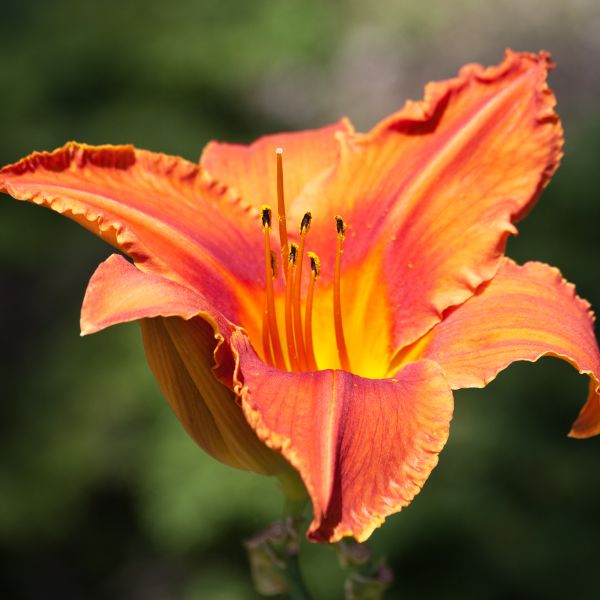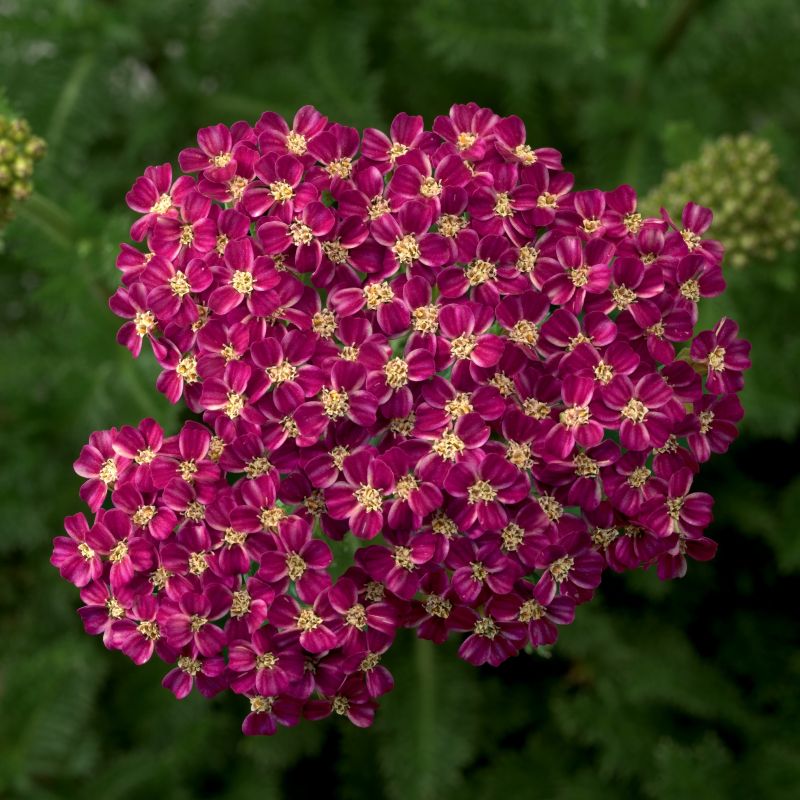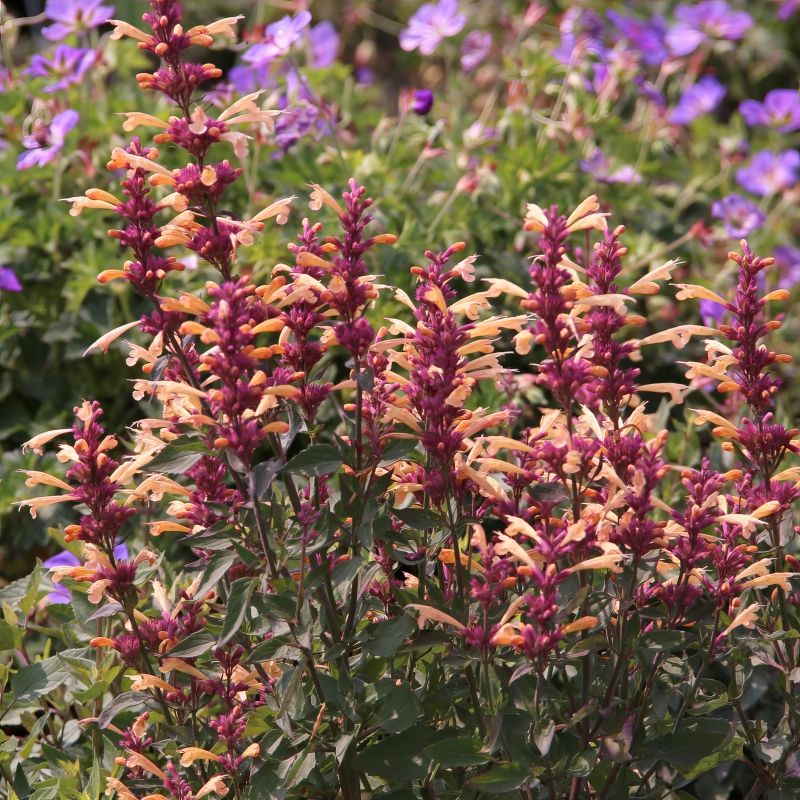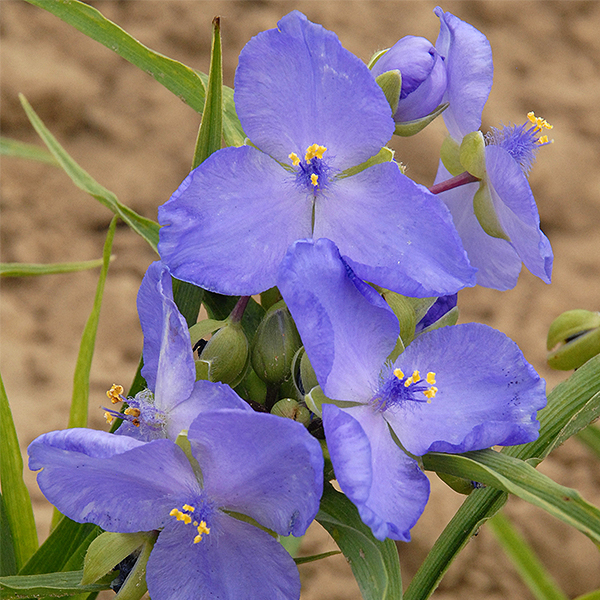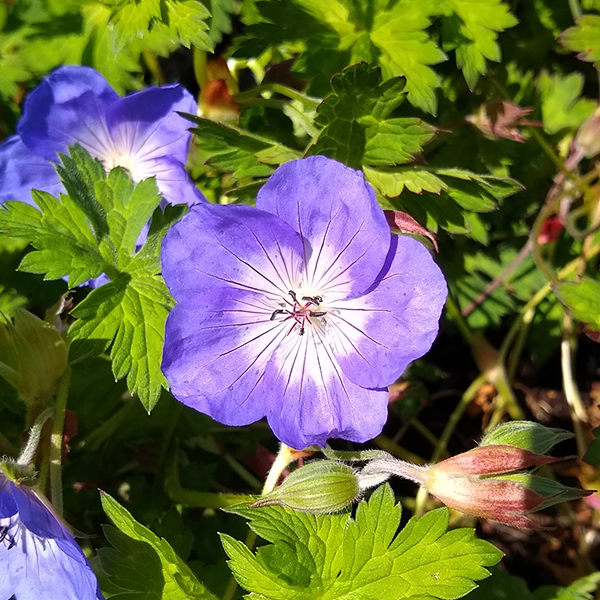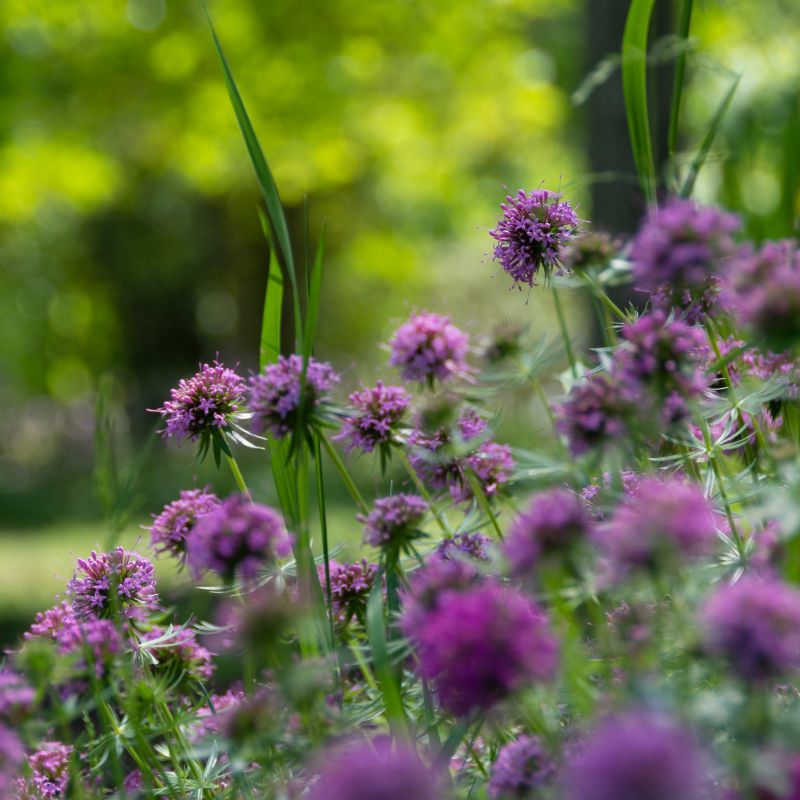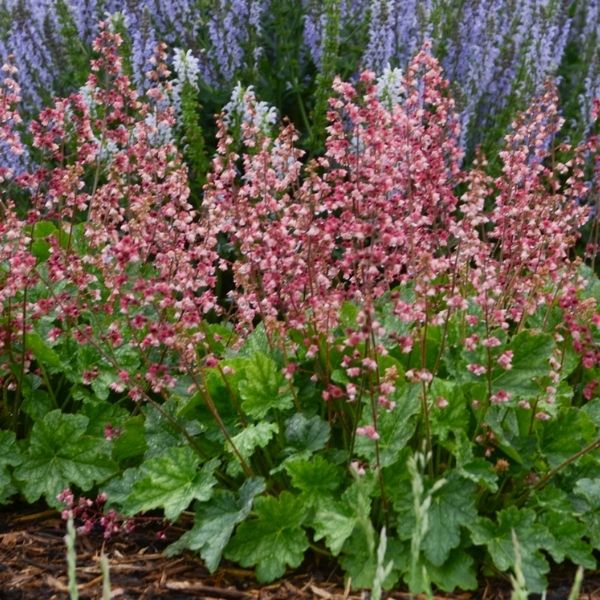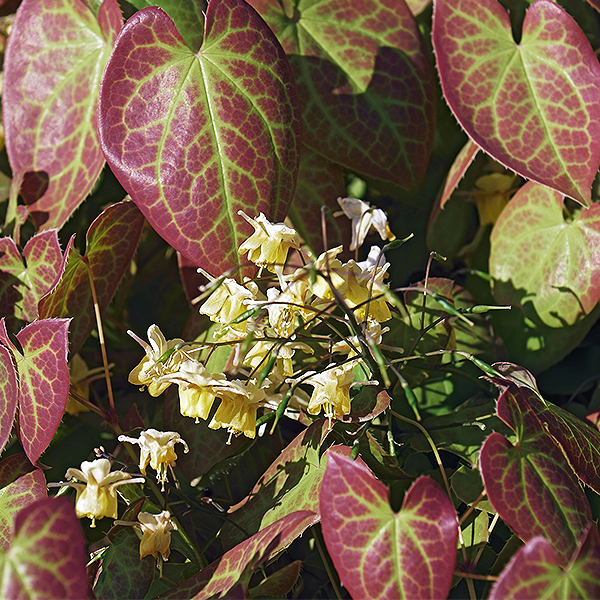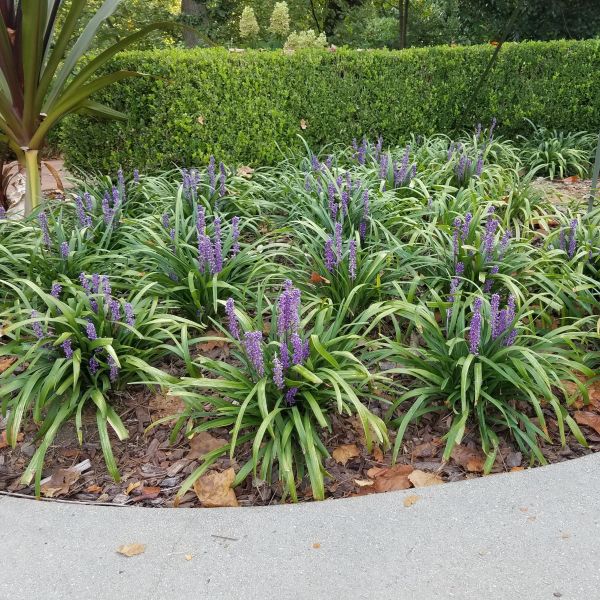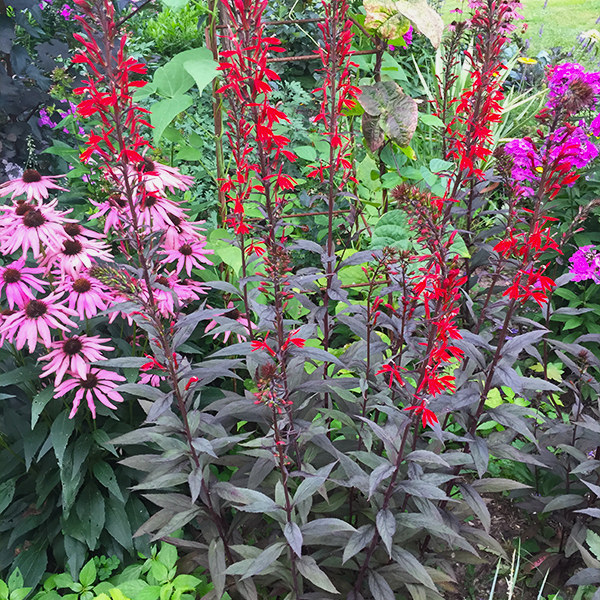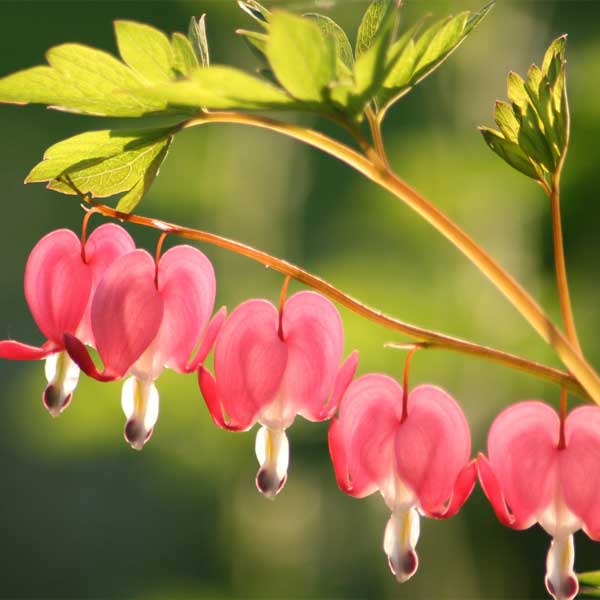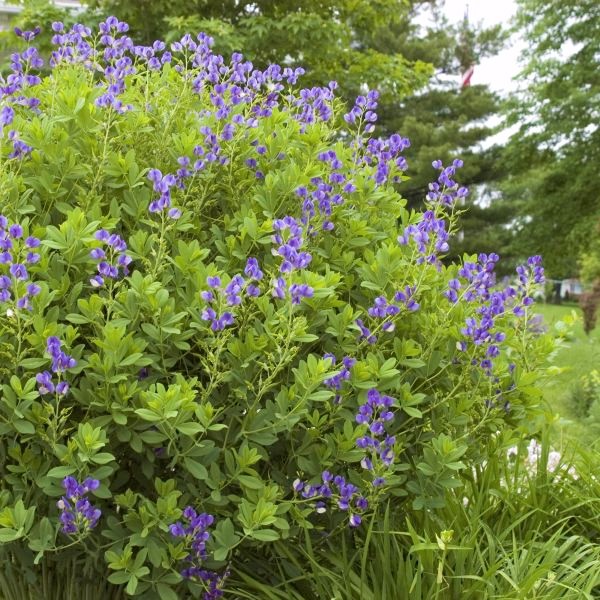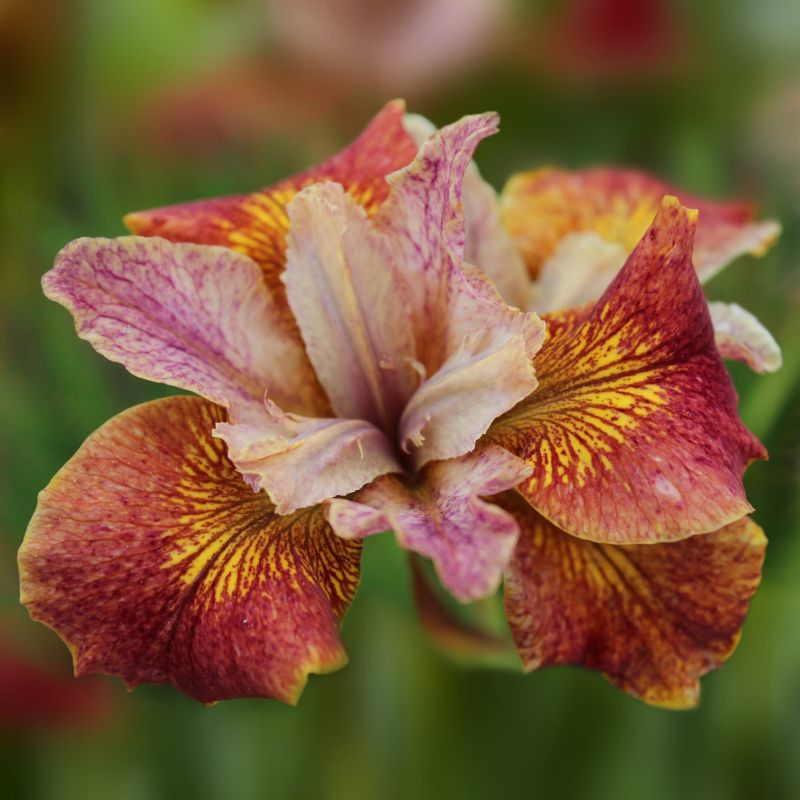
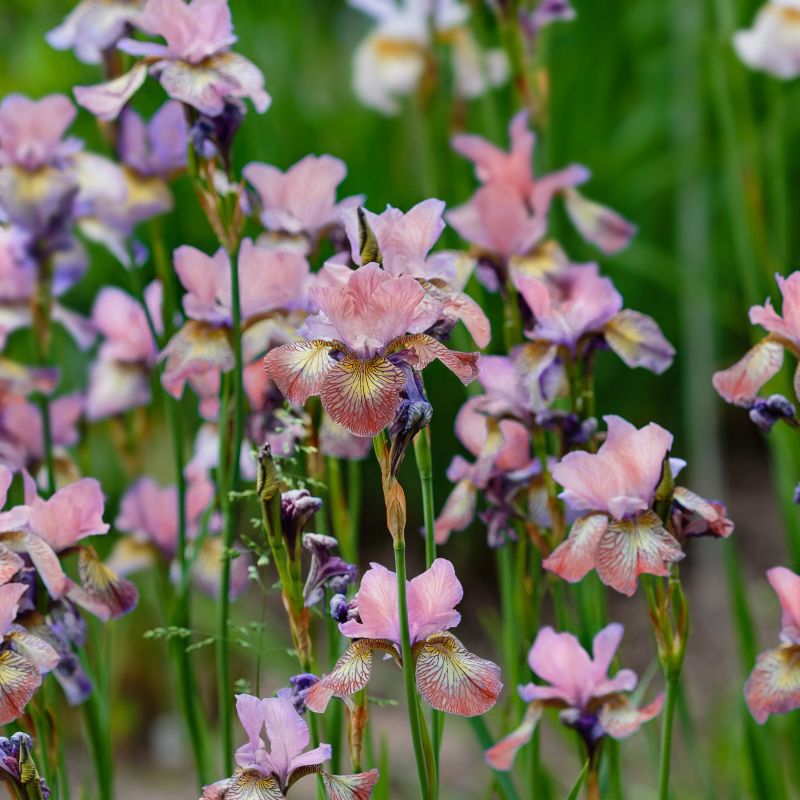

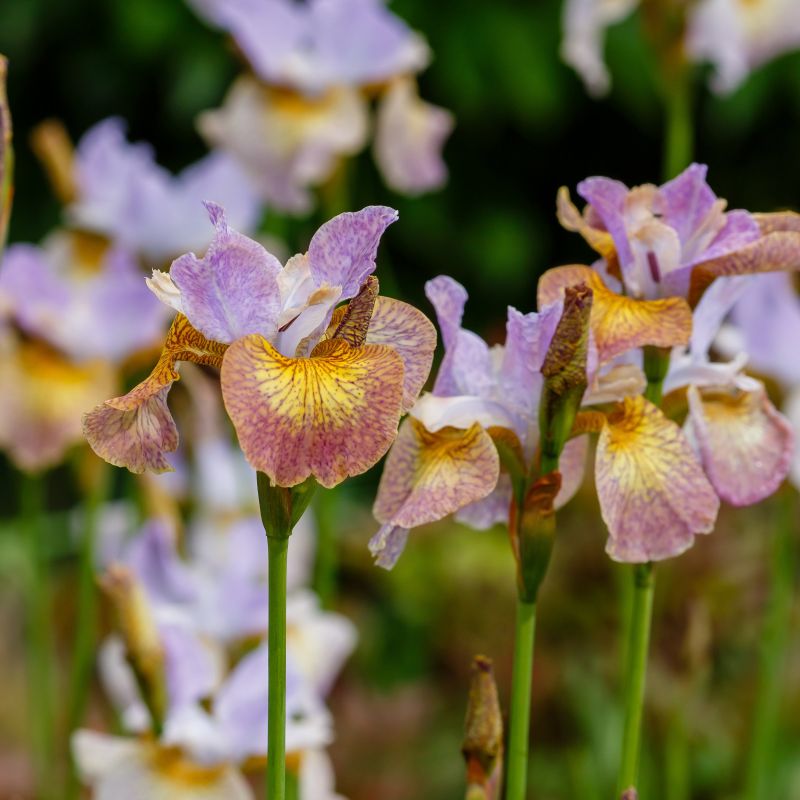
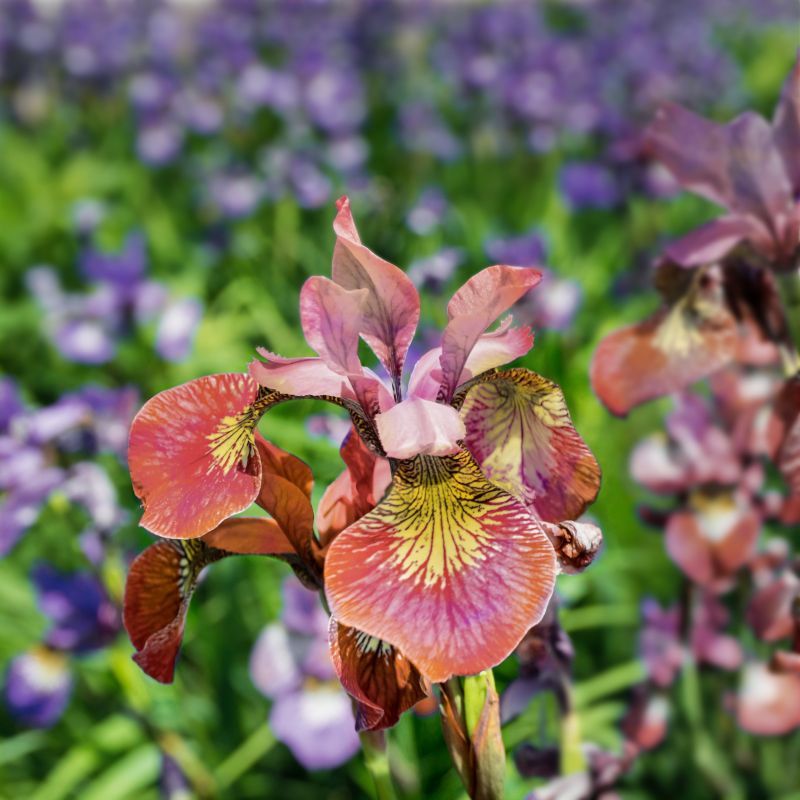

Iris 'Paprikash' Bareroot
Iris sibirica Paprikash
15 reviews
Iris 'Paprikash' Bareroot
Iris sibirica Paprikash
15 reviews
- Beautiful, vibrant red flowers add a pop of color to any garden
- Low maintenance perennial that thrives in full sun to partial shade
- Attracts pollinators such as butterflies and hummingbirds
- Recommended by landscape designers for optimal fit in real yards
$35.00
$50.00
30% Off
- Ships to 43215 in 3 to 7 days
- Free Shipping Over $150
- Plant Arrival Guarantee
- In Stock
- Free Plant Consult
$200 - Landscape-Approved: Every Plant We Sell Comes With Design Expertise Behind It
#1 Bareroot
Not just beautiful - intentionally selected by ShrubHub's 3D landscape design team to fit real-world spaces and maximize yard potential.
Why Iris 'Paprikash' Bareroot?
Iris 'Paprikash' Bareroot, also known as Iris sibirica Paprikash, is a stunning perennial plant with fiery red-orange blooms that add a pop of color to any garden. Easy to grow and low maintenance, this variety of iris thrives in full sun to partial shade and blooms in early to mid-summer. Its striking flowers make it a favorite among gardeners looking to add a splash of color to their landscape.
People who loved this plant also bought
Sunlight
Iris 'Paprikash' Bareroot prefers full sun, meaning it should receive at least 6-8 hours of direct sunlight per day to thrive. Adequate sunlight is essential for the plant to produce vibrant blooms and maintain healthy growth.
Watering
Iris 'Paprikash' Bareroot requires regular watering during the growing season, keeping the soil consistently moist but not waterlogged. It is important to allow the soil to dry out slightly between waterings to prevent common iris diseases such as root rot
Fertilizing
Fertilize Iris 'Paprikash' Bareroot with a balanced fertilizer in early spring to promote healthy growth and blooms. Use a slow-release fertilizer with an NPK ratio of 10-10-10 or similar. Avoid over-fertilizing, as this can lead to reduced flowering and w
Iris 'Paprikash' Bareroot (Iris sibirica Paprikash)
The Iris 'Paprikash' Bareroot, also known as Iris sibirica Paprikash, is a stunning perennial plant that produces vibrant orange-red flowers. This variety of iris is known for its unique coloration and long blooming period.
With slender, grass-like foliage and striking blooms that bloom in late spring to early summer, the 'Paprikash' Iris adds a pop of color to any garden or landscape. These flowers are perfect for attracting pollinators like bees and butterflies.
Hardy and easy to grow, the 'Paprikash' Iris prefers full sun to partial shade and well-drained soil. Plant the bareroot in the fall for beautiful blooms the following year.
Whether planted in borders, containers, or as a focal point in a flower bed, the Iris 'Paprikash' Bareroot is sure to brighten up any outdoor space with its fiery hues.
Plant Information:
| Botanical Name: | Iris sibirica Paprikash |
| USDA Zones: | 3 - 9 |
| Mature Height: | 36 in |








Pollination Info
Pollination Information for Iris 'Paprikash' Bareroot (Iris sibirica Paprikash)
Iris 'Paprikash' is a variety of Siberian iris that produces stunning deep orange flowers with ruffled petals. These flowers attract pollinators such as bees, butterflies, and hummingbirds.
Pollination Process
When a pollinator visits the flowers of Iris 'Paprikash' to collect nectar or pollen, they inadvertently transfer pollen from one flower to another, facilitating the pollination process. This leads to the production of seeds within the flowers, ensuring the continuation of the plant's life cycle.
Benefits of Pollination
Successful pollination is crucial for the reproduction of Iris 'Paprikash'. It results in the development of seeds, which can be collected and planted to grow new plants. Additionally, pollination contributes to genetic diversity within the plant population and supports the overall health of the ecosystem.
Encouraging Pollinators
To attract pollinators to your garden and ensure successful pollination of Iris 'Paprikash', consider planting a variety of pollinator-friendly plants that provide food and habitat for these beneficial creatures. Avoid using pesticides that may harm pollinators and choose organic gardening practices to support a healthy pollinator population.
FAQ
FAQ for Iris 'Paprikash' Bareroot
What is Iris 'Paprikash'?
Iris 'Paprikash' is a type of Siberian Iris with fiery orange blooms that add a pop of color to any garden.
How do I plant Iris 'Paprikash' bareroot?
Plant the bareroot in well-drained soil in full sun to partial shade. Make sure the roots are spread out and facing downwards. Water thoroughly after planting.
When does Iris 'Paprikash' bloom?
Iris 'Paprikash' typically blooms in late spring to early summer, depending on your climate.
How do I care for Iris 'Paprikash'?
Water regularly, especially during dry periods. Deadhead spent blooms to encourage more flowers. In the fall, cut back the foliage to keep the plant looking neat.
Can Iris 'Paprikash' be grown in containers?
Yes, Iris 'Paprikash' can be grown in containers as long as they have good drainage and are at least 12 inches deep.
Is Iris 'Paprikash' deer resistant?
Yes, Siberian Iris, including 'Paprikash', are typically deer resistant.
How do I divide Iris 'Paprikash'?
Divide mature clumps of Iris 'Paprikash' every 3-4 years in late summer or early fall. Carefully dig up the clump and separate the rhizomes, making sure each division has at least one fan of leaves.
Planting & Care
Planting & Care for Iris 'Paprikash' Bareroot (Iris sibirica Paprikash)
Planting: When planting your Iris 'Paprikash' bareroot, choose a location that receives full sun to partial shade and has well-drained soil. Dig a hole that is large enough to accommodate the roots without bending or crowding them. Place the bareroot in the hole and cover with soil, making sure the crown of the plant is at or just below ground level.
Watering: Water your Iris 'Paprikash' regularly to keep the soil consistently moist but not waterlogged. During hot, dry periods, you may need to water more frequently to prevent the plant from drying out.
Fertilizing: Fertilize your Iris 'Paprikash' in early spring with a balanced, slow-release fertilizer. Avoid fertilizing too heavily, as this can cause the plant to produce more foliage than flowers.
Pruning: Deadhead spent flowers to encourage the plant to produce more blooms. Cut back the foliage to the ground in late fall or early winter to help the plant prepare for winter dormancy.
Dividing: Every few years, divide your Iris 'Paprikash' to rejuvenate the plant and prevent overcrowding. Dig up the clump in early spring or late summer, and carefully separate the rhizomes. Replant the divisions in well-prepared soil.
Pests & Diseases: Iris 'Paprikash' is relatively resistant to pests and diseases, but it can occasionally be affected by iris borer, slugs, and snails. Keep an eye out for any signs of infestation and treat accordingly.
Winter Care: In regions with cold winters, mulch around the base of the plant in late fall to protect the roots from freezing temperatures. Remove the mulch in early spring once the threat of frost has passed.
By following these planting and care instructions, you can enjoy beautiful blooms from your Iris 'Paprikash' bareroot for years to come.
Check Out These Verified Customer Reviews:
Customer Reviews
4.7 out of 5 based on 15 reviews
Thank you! Your review has been submitted.
Fast shipping, good packaging
The bareroot arrived in perfect condition, very happy with my order.
Beautiful and vibrant plant
Item has been added to your cart.



